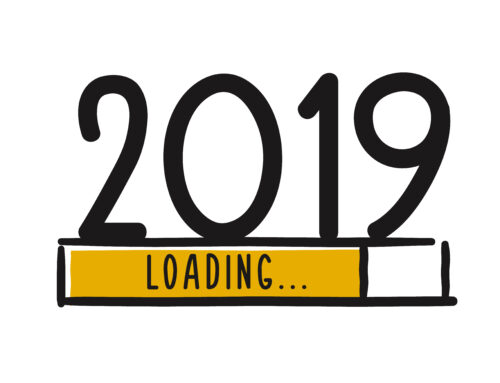This blog is the fifth in a series of blogs on people that have added something important to the world of communications. Today, my gratitude is for Paul Ekman. The series is personal and partial, but I welcome nominations for those you think I’ve missed. I’m grateful to these people because understanding how we communicate is desperately important to bettering our humanity in both business and life. Miscommunications are sometimes merely irritating, but sometimes fatal. Business communications are usually banal and boring and only occasionally riveting. Leadership is tougher than ever – and more than ever about communicating well. The great business communicators can turn little companies into dominant ones and truly change the world.
Which brings me to Paul. If you have any interest in body language or reading other people, then you need to know the work of Paul Ekman. Start with his book Telling Lies, about his quest to discover how to detect lies and other human efforts at concealment.
His story begins with an abusive father, prone to unpredictable fits of rage and violence. That created in Ekman a desire to be able to read human emotion and thus intention, because he thought if he could tell that anger was on its way, he might be able to avoid it.
This need for safety led to Ekman’s two biggest contributions to the field of communications. First, the Facial Action Coding System, the first exhaustive analysis of all the expressions the face is capable of through detailed examination of all the possible ways that the muscles of the face can move and create expression.
In a sense, Ekman failed in his goal to be able to read human intention, because of course knowing what emotion is being expressed doesn’t tell us necessarily the intent behind the emotion. Is that person angry at himself, or at us? Is that smile one of friendship or triumph? And so on.
But nonetheless his achievement was huge, because it gave us a detailed understanding of the possible ways that people can express themselves via the face, even if that didn’t necessarily reveal the thinking behind the expression.
Along the way, Ekman discovered something else, his other great contribution to the study of non-verbal communication: micro-expressions. Through videotaping subjects in an effort to codify all their facial twitches, he and his team realized that people are prone to sudden, brief (less than a 20th of a second) flashes of expression that directly contradict the dominant expression. In other words, you’re sitting with someone who is smiling at you, but every now and then, he flashes a sneer of contempt for a very brief instant, revealing his true attitude underneath the more socially acceptable one.
Both the CIA and the FBI responded to Ekman’s with great interest, hoping that at last here was a way to detect liars, criminals and terrorists. Unfortunately, while very helpful, it’s not enough to be able to detect that a particular person is concealing anger, say, unless you’re able also to figure out why that is the case. Is the person in the security line concealing anger because he wants to bring down an airplane, or because he’s running late and security lines are really irritating? Ekman’s work reveals a good deal about human emotions, but they still need to be decoded for their meaning. We humans don’t emote in a vacuum.
Nonetheless, Ekman is a giant in the field and his contribution to our understanding of non-verbal communication is enormous. If there were Nobel prizes for communications, he would be the first recipient.
Incidentally, his expertise and work formed the basis of the recent TV show, Lie to Me, which portrayed a body-language expert solving crimes and stopping bad guys – surely a fantasy come true for those of us in communications. Don’t watch the show for its accuracy, but it is fun to think that communications experts can be heroes, too – at least for 50 minutes one night a week.
Thanks, Paul.










Thank you for sharing your inspiration — this is a fantastic series of posts, Nick!
What a great series!
I first heard of Paul Ekman years ago in a book about the Dalai Lama. His work is fascinating. And it’s also very worth noticing how abuse can sometimes lead to incredible levels of sensitivity.
There is something valuable in his work for any communicator.
Thanks, Geetesh, for the comment. Good to hear from you, and I appreciate the encouragement!
Thanks for the comment, Steve. That book of dialogues between Paul and the Dalai Lama is fascinating. Ekman’s meeting with the Dalai Lama was a breakthrough for the scientist that permitted him to get in touch with long-buried feelings of anger toward his father. It’s a moving story.